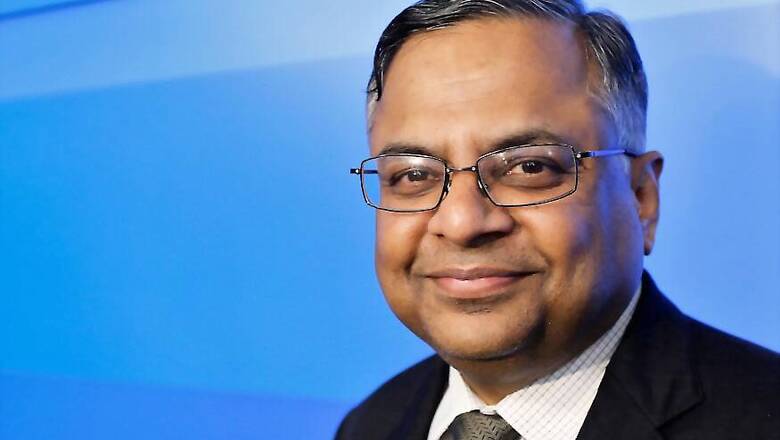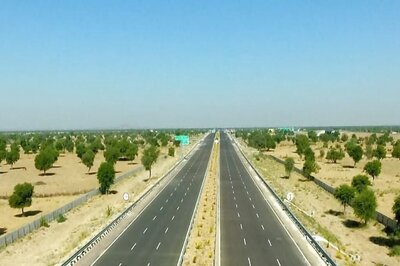
views
New Delhi: TCS CEO Natarajan Chandrasekaran was one of the two directors who did not attend the November 8 meeting of the RBI's all-powerful Central Board that was called within a day of government's "advice" to the central bank to consider junking old 500 and 1000 rupee notes.
Chandrasekaran is one of the three outside directors of eminence nominated on the Central Board. The other two Bharat Narotam Doshi and Sudhir Mankad attended the meeting. Besides, both the government nominees - Economic Affairs Secretary Shaktikanta Das and Financial Services Secretary Anjuly Chib Duggal were in attendance at the meeting who agenda included 'Memorandum on existing banknotes in the denomination of Rs 500 and Rs 1000 - Legal Tender Status'.
RBI Deputy Governor N S Vishwanathan was the other director who did not attend the November 8 meeting convened just three hours before Prime Minister Narendra Modi in his address to the nation at 2000 hours announced a ban on the use of old 500 and 1000 rupee notes.
In all eight directors including Governor Urjit R Patel and Deputy Governors R Gandhi and S S Mundra, out of the 10 on the board at that time, attended the meeting, Minister of State for Finance Arjun Ram Meghwal informed in the Lok Sabha on Friday in a written reply to a question.
RBI had last month in a 7-page note to the Parliament's Department-Related Committee of Finance headed by Congress leader M Veerappa Moily, stated that the Government had on November 7, 2016 "advised the Reserve Bank that to mitigate the triple problems of counterfeiting, terrorist financing and black money, the Central Board of the Reserve Bank may consider withdrawal of the legal tender status of the notes in high denominations of Rs 500 and Rs 1,000."
The RBI's Central Board met the very next day to "consider the Government's advice," and after "deliberations," decided to "recommend to Central Government that the legal tender status of the banknotes in the high denominations of Rs 500 and Rs 1000 be withdrawn," the note said. Union Cabinet headed by Modi met within hours of that recommendation on November 8 and banned the circulation of old 500 and 1000 rupee notes.
Meghwal in his written response stated that "the white paper on Black Money, dated May 2012 by the Department of Revenue had noted that the estimate of Black Money has increased from 15-18 percent of GDP to 19-21 per cent of GDP during 1975-76 to 1983-84."
Report of the Special Investigation Team (SIT) mentioned that in India a large amount of unaccounted wealth is stored and used in the form of cash and also there have been huge cash recoveries by law-enforcement agencies from time to time.
As per the World Bank report, the shadow economy was estimated at 20.7 percent of the GDP in 1999 and had risen to 23.2 percent in 2007," he added.
The size of Indian GDP in 2015 was US 2.09 trillion dollars. It was USD 1.18 trillion dollars in 2008, USD 1.6 trillion in 2010 and USD 1.8 trillion in 2012.
Going by World Bank estimate, Indian economy had about USD 275 billion (or close to Rs 11 lakh crore at the exchange rate of that year) of unaccounted wealth in 2007-08.
Meghwal in his reply also stated that RBI periodically estimates and reviews the demand for currency and accordingly in consultation with government indents for supply are placed with the Presses.
"The same is a continuous process. As regards to the printing of new banknotes in the denomination of Rs 2000 and 500, the same had been printed to facilitate the cash requirements of the members of the public. Towards this, Presses had augmented production of banknotes which were being sent to different parts of the country on priority," he said.




















Comments
0 comment